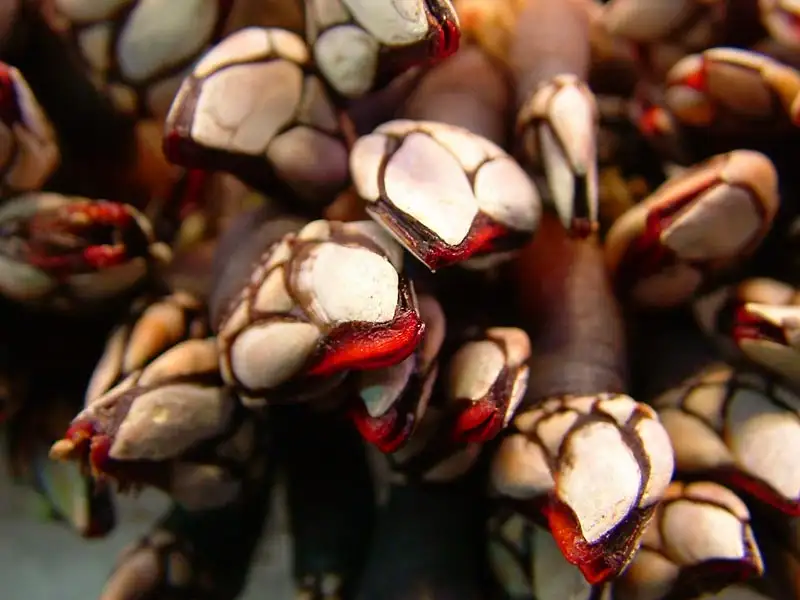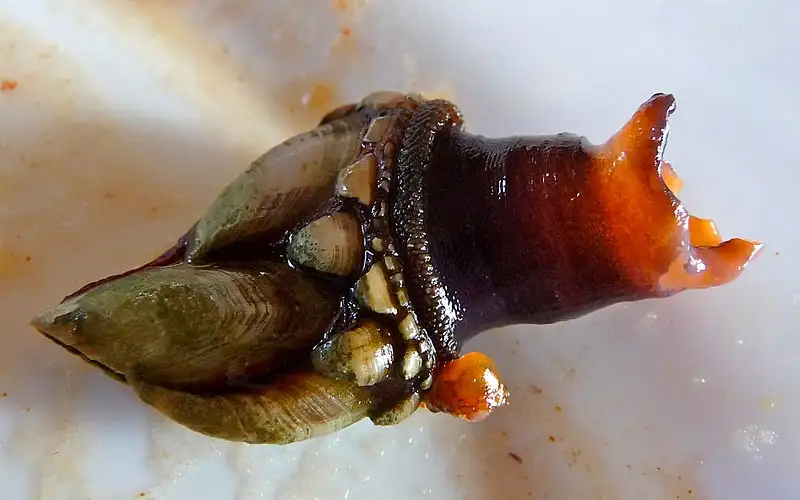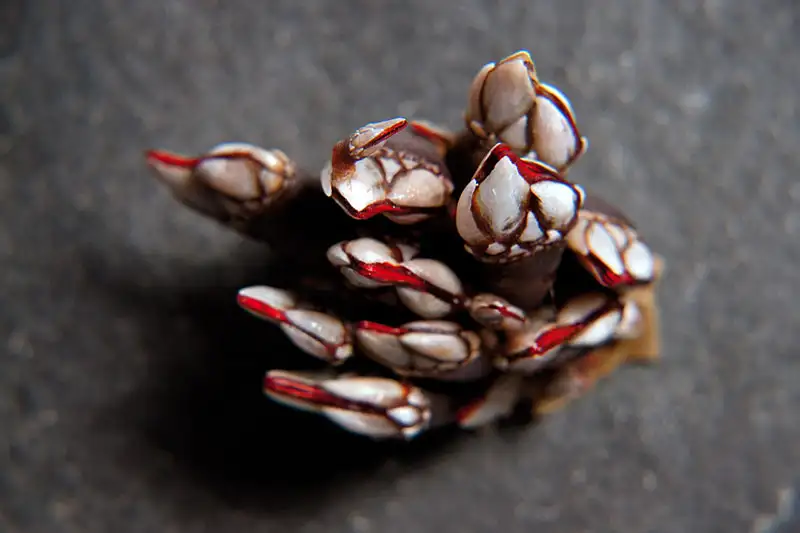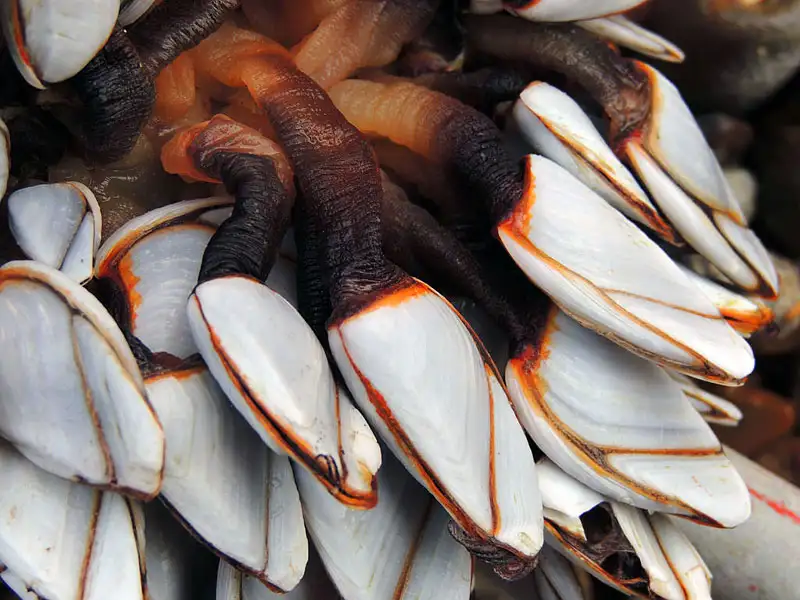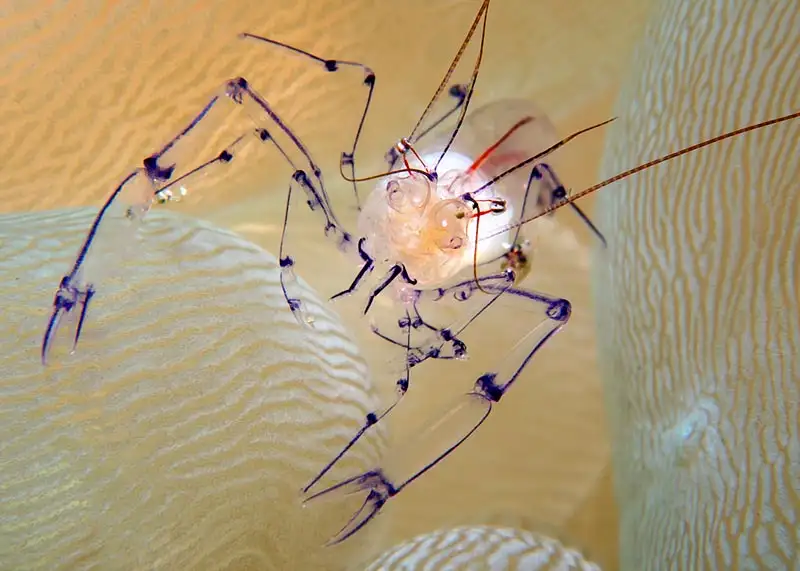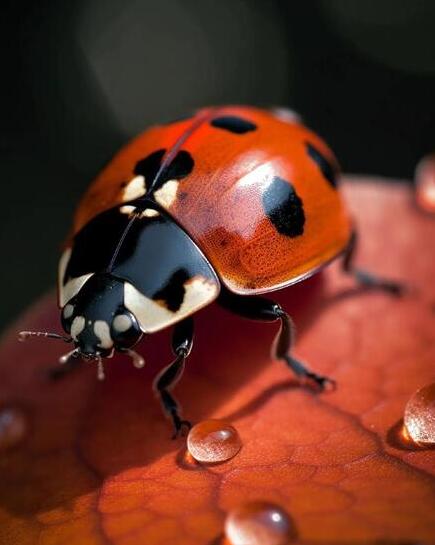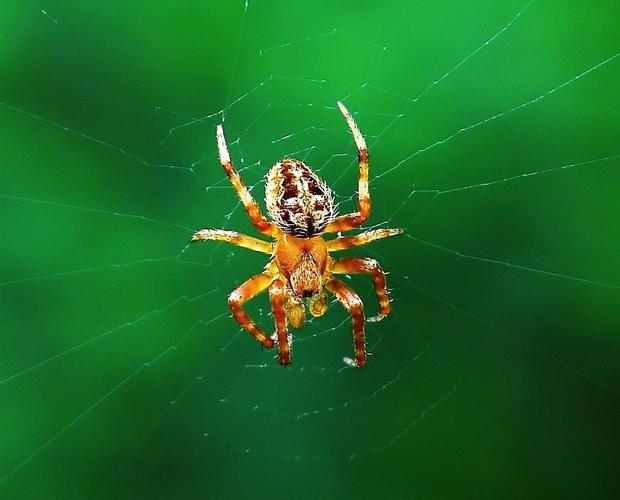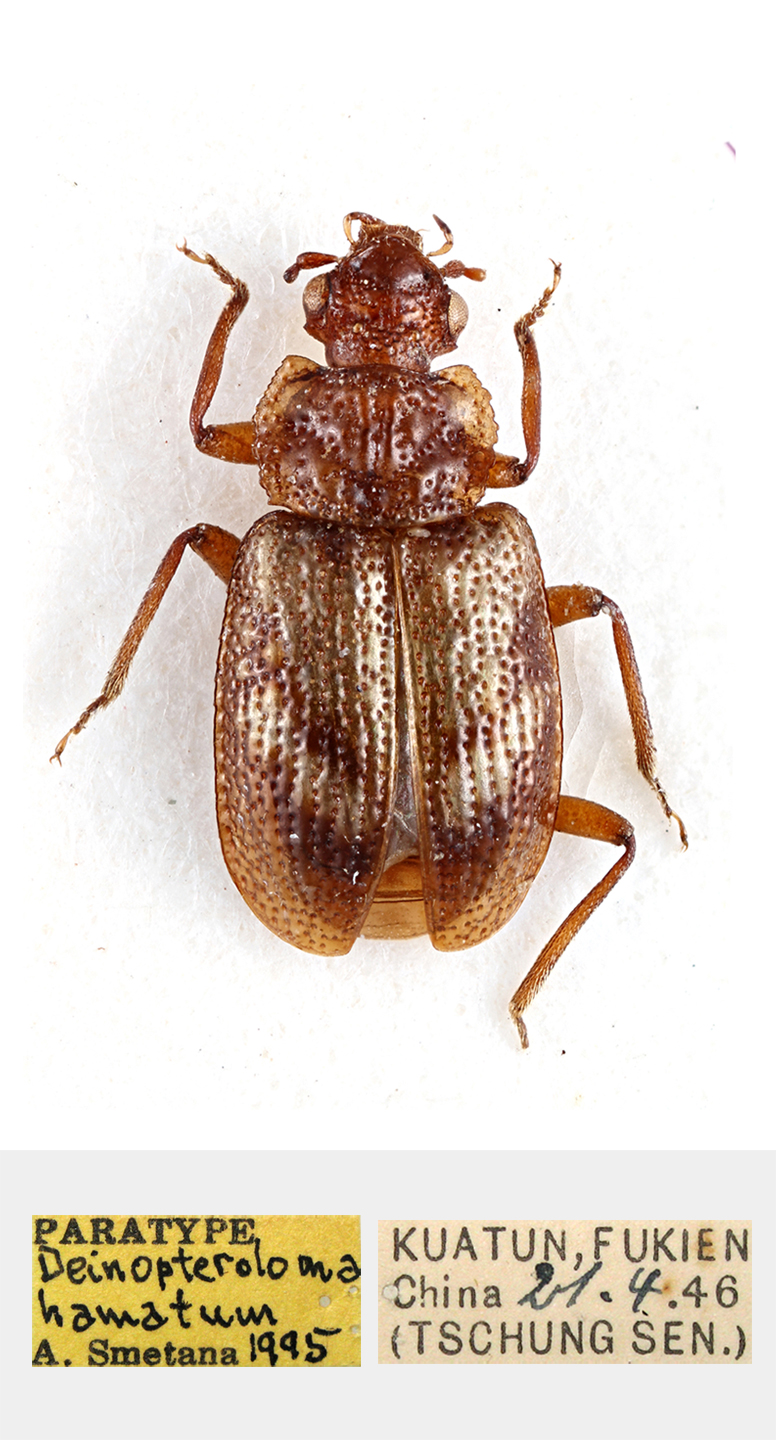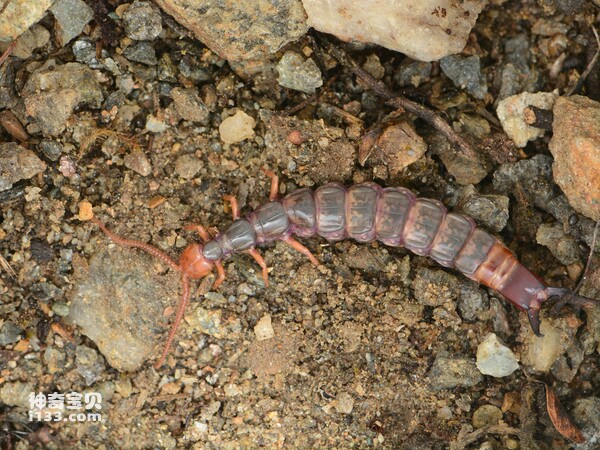Percebes (Goose Barnacle · Overview)
IUCN
LCBasic Information
Scientific classification
- name:Percebes (Goose Barnacle · Overview)
- Scientific Name:Pollicipes pollicipes (commonly meant)
- Outline:Arthropoda
- Family:Cirripedia Pollicipes
Vital signs
- length:Capitulum 2–6 cm; peduncle 3–7+ cm
- Weight:Varies with exposure and cluster density
- lifetime:Several years (temperature/food‑dependent)
Feature
Wave‑exposed rock attachment; cirral suspension feeding; dense clusters; high culinary value under strict regulation.
Distribution and Habitat
E NE Atlantic exposed rocky shores (mid‑upper intertidal); related taxa in W Africa/E Pacific.
Appearance
White‑grey plated capitulum plus dark leathery peduncle; feathery cirri protrude while feeding.
Details
Percebes commonly refers to the goose barnacle, and in European gastronomy most often toPollicipes pollicipes. Goose barnacles are stalked cirripedes (class Cirripedia, order Pedunculata, genus Pollicipes), adults attaching by a peduncle to wave‑beaten rocky shores and feeding with extensible feathery cirri.
Ecology & Biology
Feeding: classic suspension feeders on zooplankton, phytoplankton and marine snow; cirri rhythmically sweep the flow.
Life cycle: fertilised eggs develop into nauplii that moult into a cyprid; the cyprid settles and metamorphoses into the adult.
Aggregations: form dense clusters with mussels/barnacles/seaweeds in surf‑zone belts.
Human use: a prized delicacy in Galicia (Spain) and Portugal, with tightly regulated harvesting.
Identification
Adults have a capitulum sheathed in white‑to‑grey calcareous plates and a dark, leathery peduncle rich in collagenous fibres. Feathery cirri protrude from the aperture during feeding.
Size & Longevity
Size: capitulum length typically 2–6 cm; peduncle up to 3–7+ cm depending on exposure/density.
Life: several years; growth strongly modulated by temperature and food supply.
Range & Habitat
Pollicipes pollicipes occurs along the eastern NE Atlantic (France–Spain–Portugal–Morocco–W. Sahara), prefering high‑energy, oxygen‑rich, exposed rock in the mid‑upper intertidal; related taxa occupy W Africa and the E Pacific.
Conservation & Threats
Threats: over‑harvest/poaching, coastal works, oiling/pollution, extreme storms and heatwaves.
Management: quotas, permits, seasons and closures are common; sustainable sourcing and habitat protection are key.
IUCN: this entry is an overview used for culinary/natural‑history context and is marked Not Evaluated (NE); refer to species‑level assessments where available.
FAQ
Q1. Does “percebes” always mean Pollicipes pollicipes? In cuisine it usually does; broadly it can include other Pollicipes or related stalked barnacles.
Q2. Why grow in dangerous surf zones? Strong flow delivers abundant plankton and limits sedimentation—ideal for suspension feeding, albeit risky for harvesters.
Q3. Are they farmed? Trials exist, but attachment and hydrodynamic requirements make commercial aquaculture challenging.
Q4. Any food‑safety concerns? Buy from regulated sources observing closures & toxin alerts (e.g., harmful algal blooms).

